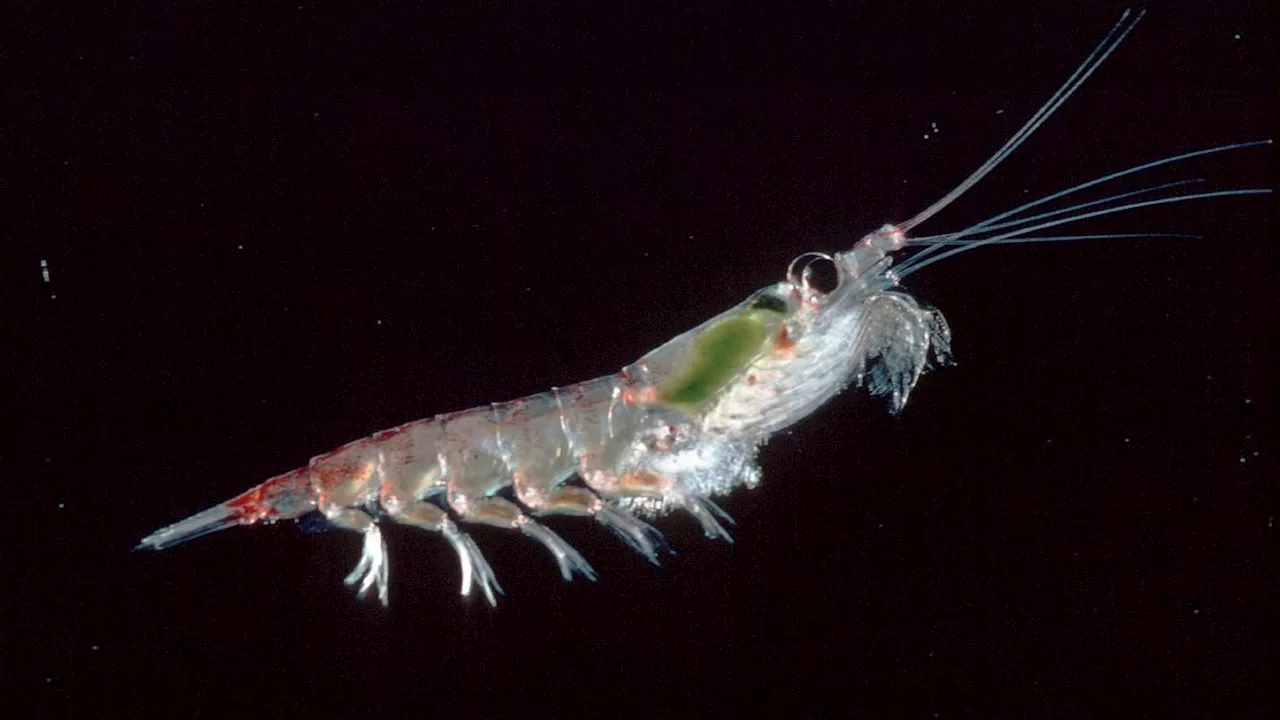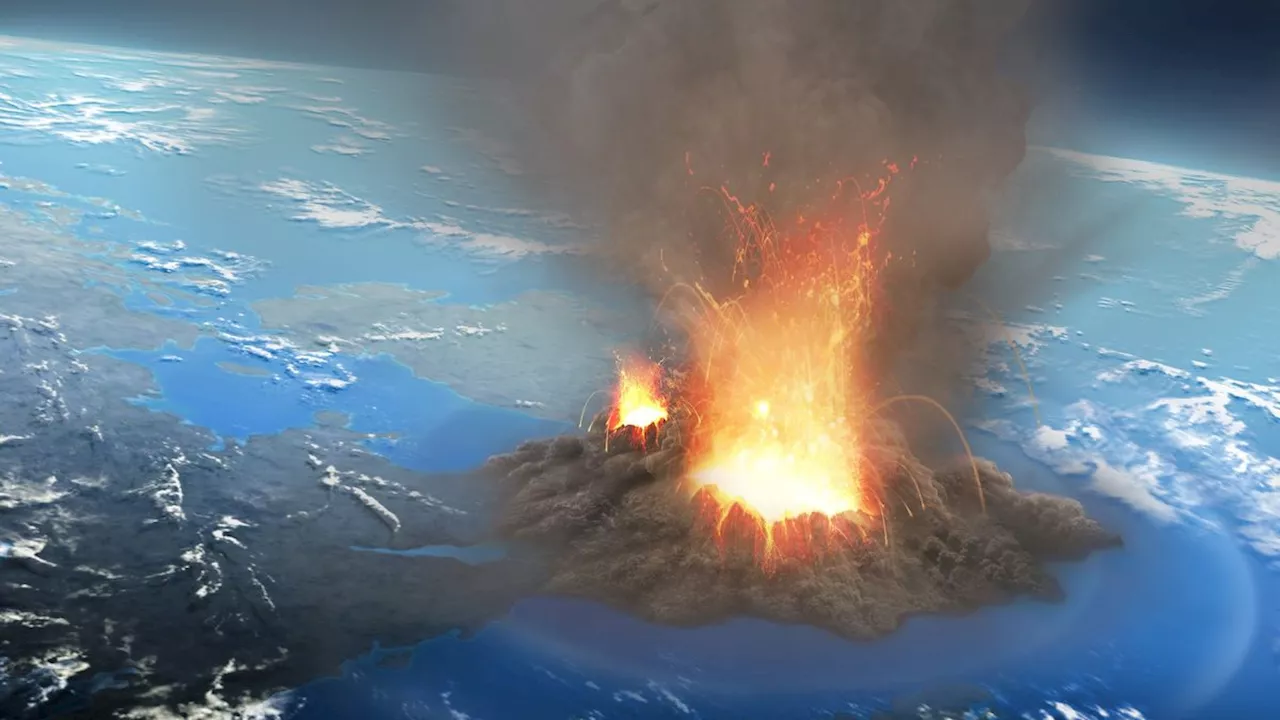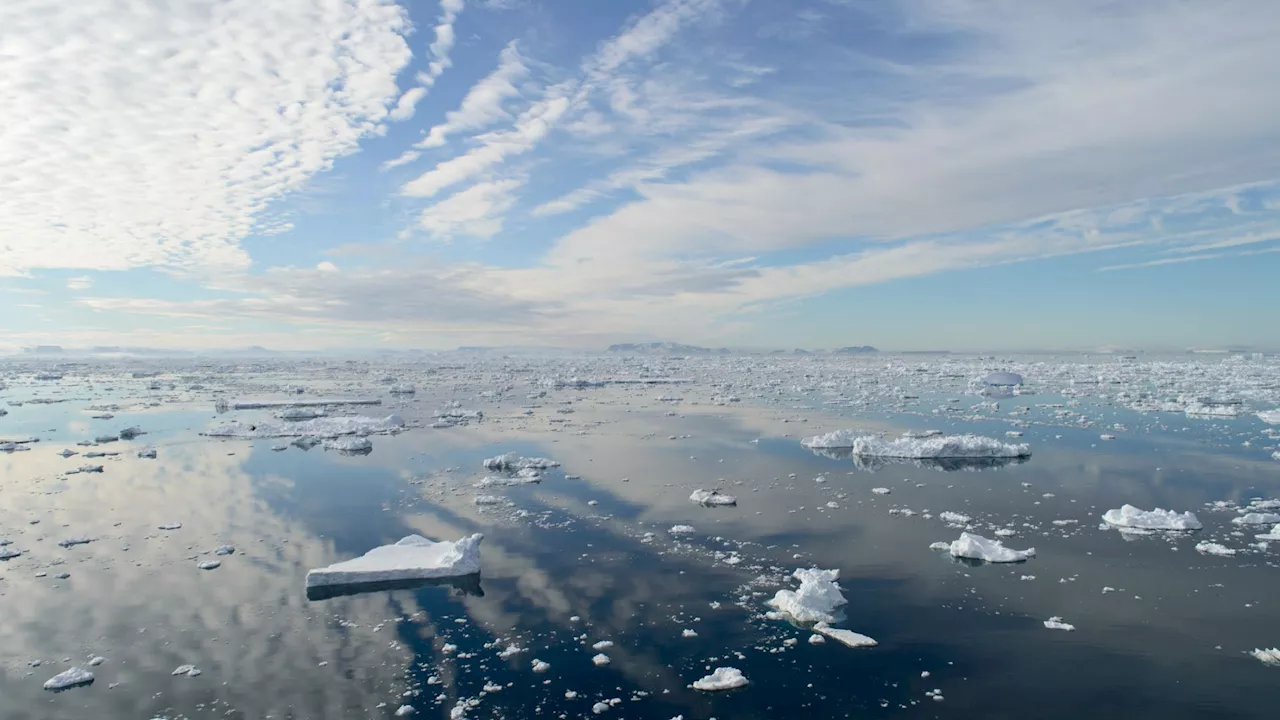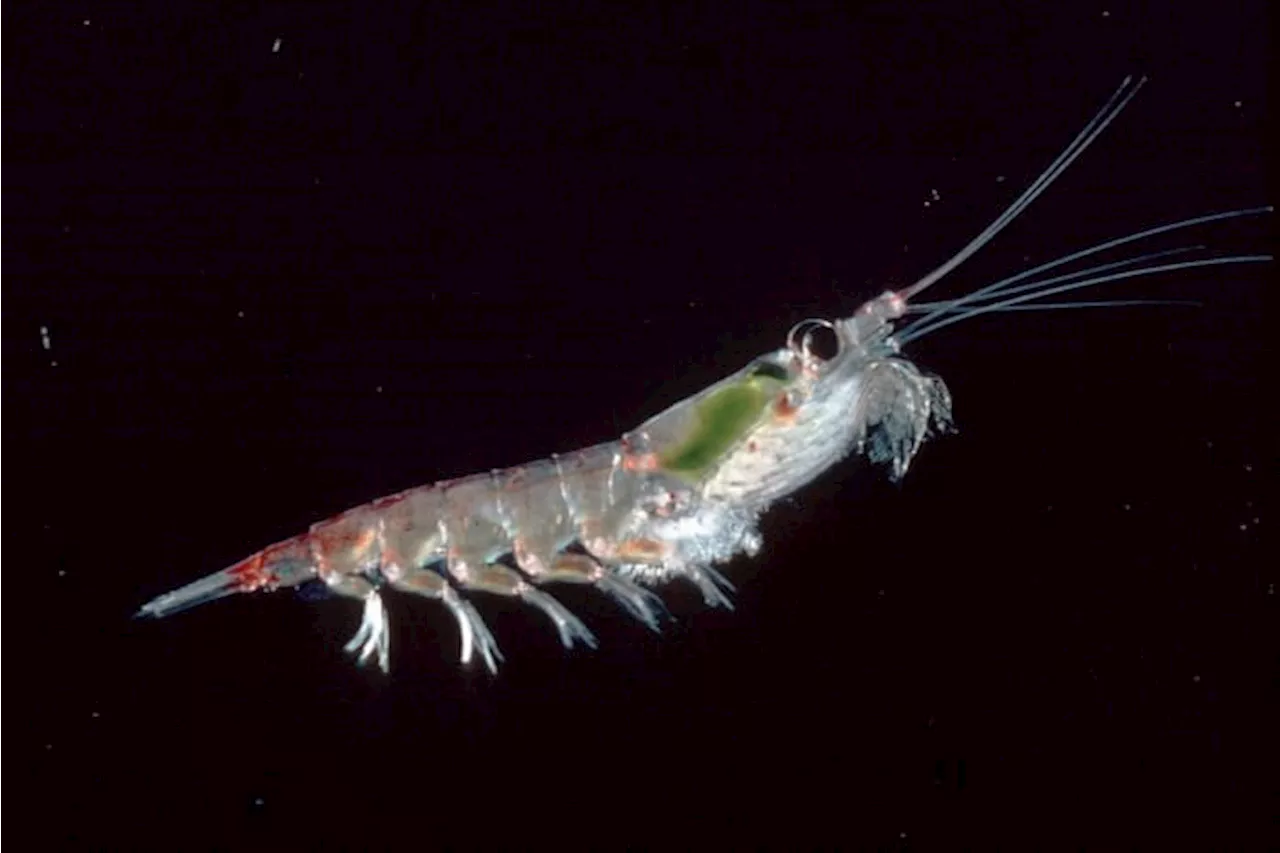Fishing for krill is banned in U.S. waters due to concerns it could impact whales, seals and other animals that feed on the shrimp-like creatures.
‘I never thought, never doubted that I was going to get better’: Light the Night hero excited to inspire othersThis photo provided by the British Antarctic Survey in October 2023 shows an Antarctic krill . While krill fishing is banned in U.S. waters due to concerns it could impact whales, seals and other animals that feed on the shrimp-like creatures, its been taking place for decades in Antarctica, where krill are most abundant.
“What’s coming out of the side are the remnants of the ecosystem,” says Alistair Allan, an activist for Australia’s, as he looks on from the inflatable boat. “If this was off the coast of Alaska, it would be a national park. But since it’s down here at the bottom of the world, where no one is watching, you have ships almost running into whales feeding on the same things they’re fishing.”
A U.S.-led coalition has been calling for more restrictions and marine reserves as krill’s vital role as food for other species and in removing large amounts of greenhouse gases from the atmosphere comes into focus. But it has met stiff opposition from China and Russia, which have made no secret of their geopolitical ambitions in the white continent.
“All those iconic images we associate with Antarctica of whales, seals and penguins -- it’s a megafauna hotspot, and it’s because of krill,” Steinberg said. The organization, established by treaty in 1982, has emerged as a model for science-based cooperation on the high seas — lawless waters that comprise nearly half the planet.
But with quotas likely to increase under any new management system some see a silver lining in the deadlock. Johansen said fears of an explosion in fishing are misplaced as the industry isn’t even catching all that’s allowed. He sees consolidation, not growth, in the industry because of the huge investments required.
Fish farming is big business — about half of the world’s seafood is now farm raised as the oceans have been emptied of wild-caught fish. “Krill is packed with important nutrients so that we can stay healthy, live long and contribute to society,” said Johansen.“Krill is fine. Fish oil is fine,” he said. In addition, he said many common foods, like eggs or mushrooms, are loaded in choline in orders of magnitude more than krill pills.
However, a leading marine biologist the industry once relied on to burnish its environmental credentials has since denounced krill fishing. When the AP pointed out this discrepancy to Johansen, he said that the claim appeared to be a mistake and the company would look into fixing its promotional material. “The key message that we’re trying to convey, and maybe it’s oversimplified in that picture of a bucket, is the bycatch in the krill fishery is extremely low,” he said.Following these incidents — the first whale deaths reported by a Norwegian krill ship — Aker BioMarine reinforced a rope barrier to repel large mammals.
United States Latest News, United States Headlines
Similar News:You can also read news stories similar to this one that we have collected from other news sources.
 Factory fishing in Antarctica for krill targets the cornerstone of a fragile ecosystemFishing for krill is banned in U.S. waters due to concerns it could impact whales, seals and other animals that feed on the shrimp-like creatures
Factory fishing in Antarctica for krill targets the cornerstone of a fragile ecosystemFishing for krill is banned in U.S. waters due to concerns it could impact whales, seals and other animals that feed on the shrimp-like creatures
Read more »
 Stellantis picks Kokomo, Indiana, for its second US battery venture with Samsung SDIJeep maker Stellantis says it will build a second electric vehicle battery factory in Kokomo, Indiana, that will create 1,400 new jobs. The $3.2 billion joint venture factory with South Korea’s Samsung SDI is to start production early in 2027. Construction already is underway on the companies’ first joint venture factory in Kokomo, which is scheduled to open early in 2025. The city of Kokomo made a compelling case to locate the second factory there, Stellantis Chief Operating Officer for North A
Stellantis picks Kokomo, Indiana, for its second US battery venture with Samsung SDIJeep maker Stellantis says it will build a second electric vehicle battery factory in Kokomo, Indiana, that will create 1,400 new jobs. The $3.2 billion joint venture factory with South Korea’s Samsung SDI is to start production early in 2027. Construction already is underway on the companies’ first joint venture factory in Kokomo, which is scheduled to open early in 2025. The city of Kokomo made a compelling case to locate the second factory there, Stellantis Chief Operating Officer for North A
Read more »
 Massive New Zealand eruption 1,800 years ago flung volcanic glass 3,000 miles to AntarcticaSascha is a U.K.-based trainee staff writer at Live Science. She holds a bachelor’s degree in biology from the University of Southampton in England and a master’s degree in science communication from Imperial College London. Her work has appeared in The Guardian and the health website Zoe. Besides writing, she enjoys playing tennis, bread-making and browsing second-hand shops for hidden gems.
Massive New Zealand eruption 1,800 years ago flung volcanic glass 3,000 miles to AntarcticaSascha is a U.K.-based trainee staff writer at Live Science. She holds a bachelor’s degree in biology from the University of Southampton in England and a master’s degree in science communication from Imperial College London. Her work has appeared in The Guardian and the health website Zoe. Besides writing, she enjoys playing tennis, bread-making and browsing second-hand shops for hidden gems.
Read more »
 Over 40% of Antarctica's ice shelves reduced in volume over 25 years, scientists sayAccording to scientists, 71 of the 162 ice shelves that surround Antarctica have reduced in volume over 25 years from 1997 to 2021, with a net release of 7.5 trillion metric tons of meltwater into the oceans. The work is published in the journal Science Advances.
Over 40% of Antarctica's ice shelves reduced in volume over 25 years, scientists sayAccording to scientists, 71 of the 162 ice shelves that surround Antarctica have reduced in volume over 25 years from 1997 to 2021, with a net release of 7.5 trillion metric tons of meltwater into the oceans. The work is published in the journal Science Advances.
Read more »
 Forty percent of Antarctica’s ice shelves are shrinking, worrying scientistsIce shelves play a critical role in slowing the flow of ice on land into the ocean by essentially acting as a wall.
Forty percent of Antarctica’s ice shelves are shrinking, worrying scientistsIce shelves play a critical role in slowing the flow of ice on land into the ocean by essentially acting as a wall.
Read more »
 Over 40 percent of Antarctica ice shelves melted in 25 yearsInteresting Engineering is a cutting edge, leading community designed for all lovers of engineering, technology and science.
Over 40 percent of Antarctica ice shelves melted in 25 yearsInteresting Engineering is a cutting edge, leading community designed for all lovers of engineering, technology and science.
Read more »
